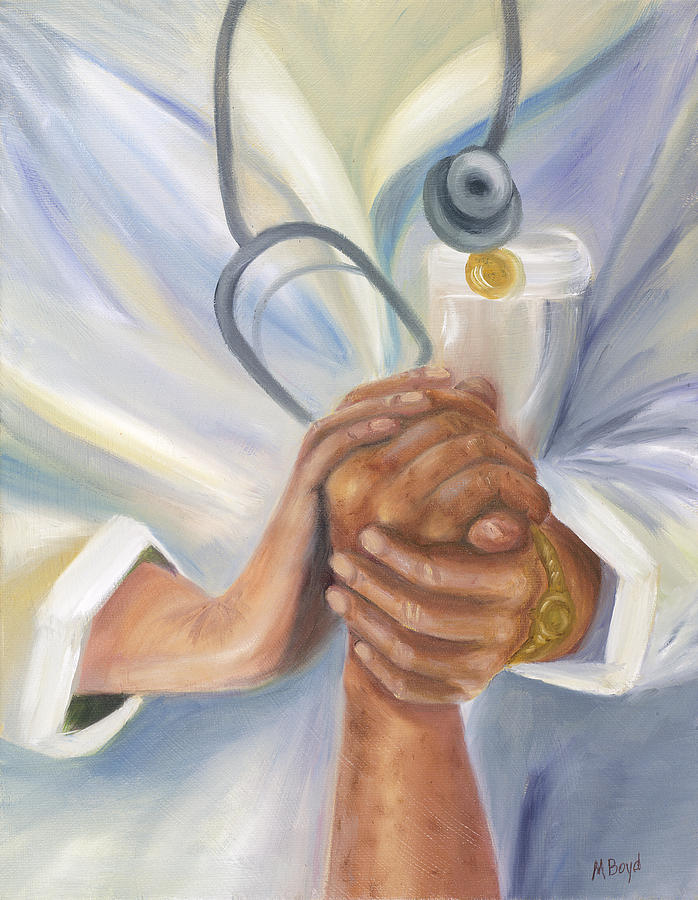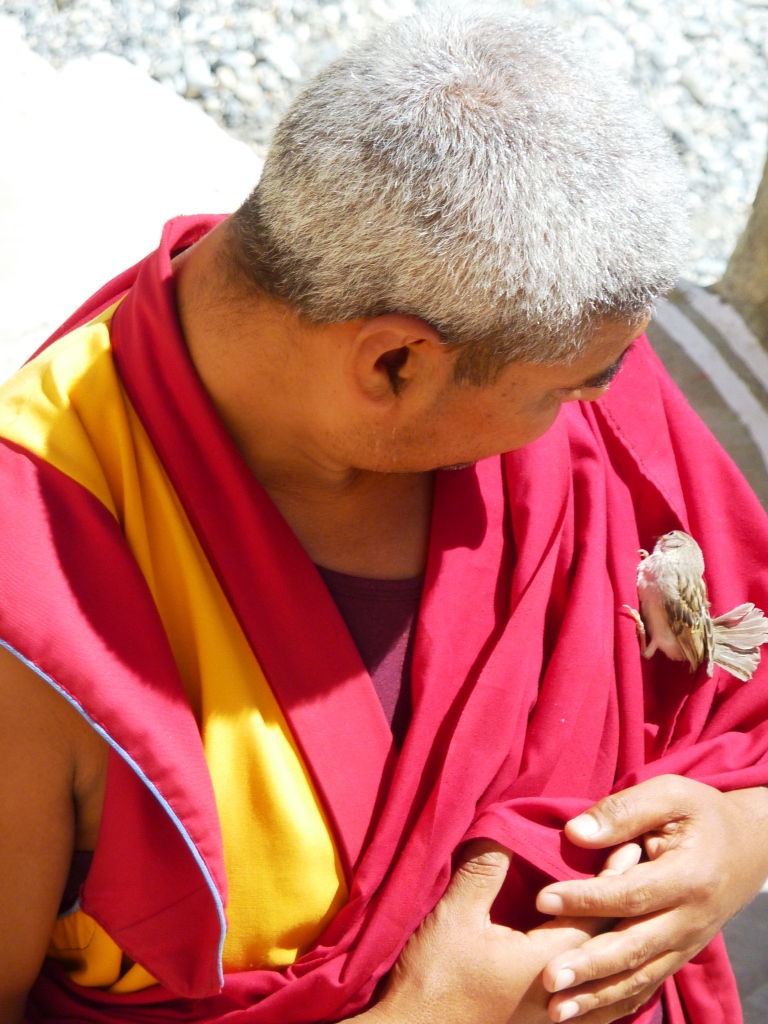FEATURES|COLUMNS|Coastline Meditations
The Bodhisattva Healthcare Practitioner
 Image courtesy of the author
Image courtesy of the authorAs T. S. Eliot put it: “Ours is in the trying. The rest is not our business.” The bodhisattva’s job is to do the best one can, without knowing what the consequences will be. Have we already passed ecological tipping points and human civilization is doomed? We don’t know. Yet rather than being intimidated, the bodhisattva embraces “don’t know mind,” because Buddhist practice opens us up to the awesome mystery of an impermanent world where everything is changing, whether or not we notice it. (Loy, Shambhala Sun)
In his essay “Enter . . . the Boddhisattva,” Zen teacher and author David Loy highlights the need for modern-day bodhisattvas to address the ecological, economic, and social crises that we are currently facing. According to Loy, the traditional definition of the bodhisattva refers to one who “chooses not to enter the state of perfect peace, nirvana, but instead remains in samsara, cyclic existence, to help all sentient beings end their suffering and reach enlightenment.” His view is that now, more than ever, the world would benefit from such a spiritual archetype.
The concept of the bodhisattva is integral to the world of Buddhism, and the notion that all can become bodhisattvas is widely accepted across Buddhist traditions. When referring to the modern-day bodhisattva, I suggest that we turn to the health and social care industry, in which would-be (if not full-on) bodhisattvas abound. Indeed, in today’s tumultuous and often oblivious societies, caregivers, nurses, and other health practitioners have chosen to be of service to others—often at the cost of working long hours with immense caseloads and unrealistic productivity expectations, for little remuneration. And that’s not to mention the emotional toll that working alongside people who are suffering deeply can take on one’s own mental, emotional, and physical well-being.

Painting by by Marlyn Boyd. From pixels.com
Take the example of a practitioner who has spent years assisting a disabled, homeless client to access an adequate level of stability in their life. Interventions might have included advocating on behalf of the client for affordable housing, helping them develop budgeting skills, linking them with healthcare services, and offering crisis assistance whenever the client experiences psychotic breakdowns. Over time, the client develops the necessary skills to maintain her housing when, out of the blue, her son is released from jail with nowhere to go. The client (often a bodhisattva herself) cannot bear to see her loved one on the streets and allows him to stay with her, despite this being against the rules and regulations of her tenancy agreement. Her landlord discovers this and within days the client is back where she started: homeless and without the stability required to take care of her mental, physical, and emotional needs.
At the tail end of this situation is the healthcare practitioner, who has dedicated so much of their time and energy working toward a goal that has gone up in flames within a matter of days. They now have to muster up the motivation to start over again from scratch, without any guarantee that their efforts will bear longer lasting fruit the next time around. The immensity of their task is reminiscent of the bodhisattva vows themselves:
However innumerable the sentient beings, I vow to save them all.
However inexhaustible the passions, I vow to extinguish them all.
However immeasurable the dharmas, I vow to master them all.
However incomparable the truth of the Buddha, I vow to attain it. (Dumoulin 1994, 32)

A Buddhist monk rescues injured sparrow. From wikipedia.org
Note that in the vows, the sentient beings are innumerable, the passions inexhaustible, the dharmas immeasurable, and the truths incomparable. The vows are impossible to attain and yet the bodhisattva adheres to them anyway, because it is not the outcome of the action that is important, but rather the wholesome action itself. The beauty of Buddhism lies within this very paradox: suffering is inevitable and yet we work ceaselessly towards extinguishing it.
It is with this spirit of compassion and non-attachment that a housing navigator tirelessly seeks shelter for the homeless; that a substance abuse counselor offers addicts rehabilitative services; that a nurse cares for a patient who has no hope of recovering. For no matter how futile (at times) their efforts may seem, or what unforeseen circumstances affect the fruits of their work, each content themselves with an opportunity to lessen the suffering of others.
References
Dumoulin, Heinrich, ed. 1994. Zen Buddhism: A History. New York: Macmillan.
See more
Enter . . . the Boddhisattva (David R. Loy)
Related news from Buddhistdoor Global
New British Study Points to Efficacy of Mindfulness Training among Medical Students
San Francisco’s Zen Hospice Project Suspends Services
Japan’s Historic Todai Temple Offers Relief for Families Living with Serious Illness
Related features from Buddhistdoor Global
McMindfulness, or Knowing What Really Matters: A Fresh Take on Loving-kindness Practice
Engaging the Six Paramitas to Care for Animals, Part One: Generosity, Discipline & Patience
Metta’s Higher Fives














